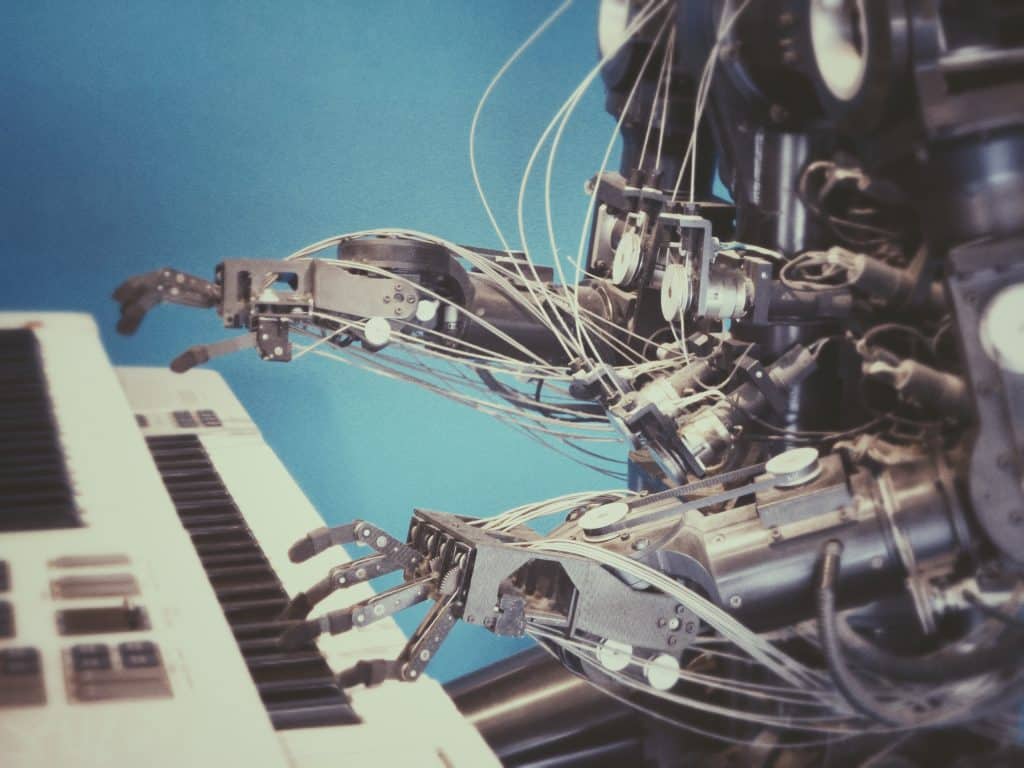Pros & Cons of AI

Pros & Cons of AI
Artificial Intelligence (AI) is the simulation of human intelligence in machines. These are programmed to perform tasks that would normally require human intelligence. As a technology that is rapidly evolving, AI has both advantages and disadvantages. In this essay, I will discuss the pros and cons of AI.
AI Pros
- Efficiency: AI systems can work tirelessly around the clock, unlike humans who require rest and sleep. This means that AI systems can perform tasks faster and more efficiently than humans. For example, AI algorithms can quickly sort and analyse large datasets, saving time and reducing the risk of human error.
- Accuracy: AI systems are highly accurate and can perform tasks with a level of precision that is beyond human capability. This makes them ideal for tasks that require a high degree of accuracy, such as medical diagnoses or financial forecasting.
- Safety: AI can be used in hazardous environments, such as nuclear power plants or deep-sea exploration. This reduces the risk to human life, as machines can be used instead of people in dangerous situations.
- Cost savings: AI can be used to automate repetitive and mundane tasks, which can save companies money on labor costs. For example, chatbots can be used to provide customer support, reducing the need for human customer service representatives.
- Personalisation: AI can be used to provide personalised experiences to users. For example, recommendation engines can suggest products or services based on a user’s past behavior, leading to increased customer satisfaction.
AI Cons
- Bias: AI systems can be biased if they are trained on biased datasets. For example, if a facial recognition system is trained on data that is primarily composed of white men… but it may not work as well for people with different skin colors or genders. This can lead to unfair outcomes and reinforce existing biases and discrimination.
- Job loss: AI has the potential to automate many jobs, which can lead to job loss for human workers. For example, self-driving trucks could replace human truck drivers, leading to unemployment in that industry.
- Privacy concerns: AI systems often require large amounts of data to function properly. This can raise privacy concerns if the data is sensitive or personal. For example, AI-powered surveillance systems could be used to track people’s movements without their consent.
- Lack of creativity: AI systems are only as good as the data they are trained on. This means that they may not be able to come up with truly original ideas or solutions. This can limit their usefulness in fields that require creativity and innovation.
- Dependence on technology: As AI becomes more prevalent, society may become increasingly dependent on technology. This can lead to a loss of human skills and a decreased ability to function without technology.
It is also crucial to recognise that AI is not a cure-all solution for problems. There are limitations to what it can achieve. I will argue that AI alone cannot fundamentally change and improve the quality of life of people.
Firstly, AI is only as good as the data it is trained on. If the data is biased or incomplete, the resulting AI models will be flawed, leading to inaccurate predictions and recommendations. In some cases, AI can even reinforce and amplify existing biases, leading to further inequalities and discrimination. For example, if an AI system is trained on data that only includes information about white-collar workers, it may not be able to accurately predict the employment prospects of blue-collar workers, leading to unfair outcomes for those groups.
Furthermore, AI is not a replacement for human empathy and understanding. While AI can analyse data and make predictions based on patterns, it cannot truly understand the nuances of human behavior and emotions. For example, an AI system might be able to recognise the signs of depression in someone’s social media posts, but it cannot truly understand the root causes of that person’s mental health issues or provide the kind of emotional support that a human therapist or friend could offer.
Another limitation of AI is that it cannot replace human creativity and innovation. AI can be used to generate new ideas or designs based on existing data, but it cannot create truly original works of art or develop entirely new fields of study. This is because AI models are only as good as the data they are trained on. AI cannot think outside the box or come up with entirely new ideas that are not already present in the data.
It is not a panacea for social and economic inequality. AI can be used to analyse patterns and make predictions, it cannot address the root causes of poverty and inequality. These are complex societal issues that require coordinated efforts from governments, communities, and individuals. AI can help identify areas where resources are needed, but it cannot create jobs, provide education, or address systemic issues like racism and discrimination.
Finally, AI is not a replacement for human judgment and decision-making. While AI can be used to analyse data and provide recommendations, it cannot make decisions based on values or ethical considerations. For example, an AI system might recommend denying a loan to someone based on their credit score, but it cannot take into account factors like the person’s socioeconomic background or their ability to pay back the loan in the future. These are complex ethical considerations that require human judgment and decision-making.
Summary
In conclusion, there are pros and cons relating to AI, which has the potential to play a positive role in enhancing our lives. But it cannot be relied upon to change and improve the quality of life of people on its own. There are limitations to what AI can achieve, including biases in the data it is trained on, its inability to replace human empathy and understanding, its limitations in creativity and innovation, its inability to address systemic issues of inequality, and its inability to replace human judgment and decision-making.
To truly improve the quality of life of people, we need to work together as a society to address these complex issues and to use AI as a tool to support our efforts.
As a member of Ideas-Shared, you don’t need to rely on AI to help you realise your ambitions. All you need to do is get involved and follow our 7 Step Process. Learn more…

